1. Roots
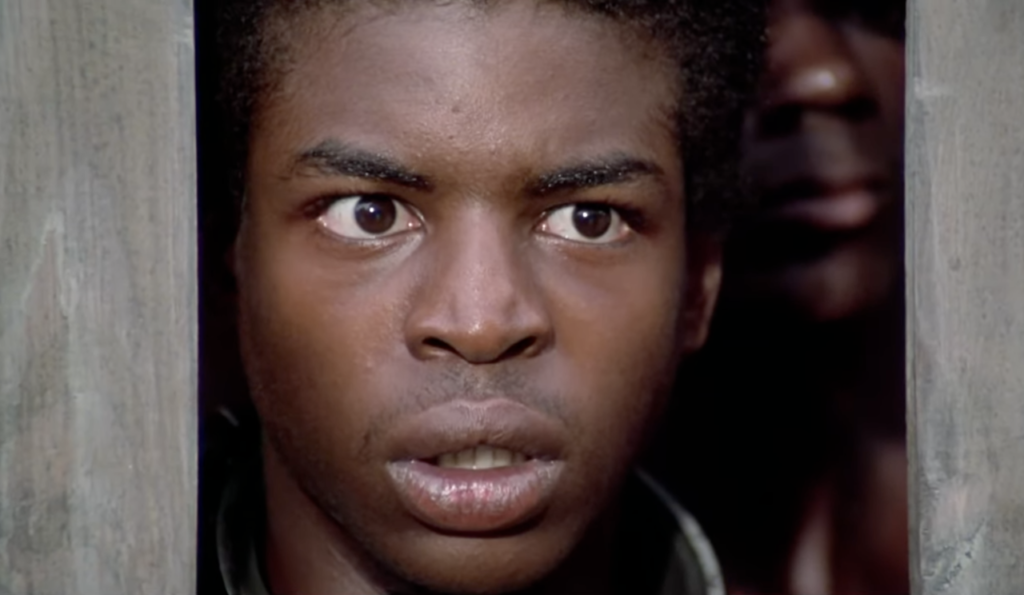
In January 1977, something unprecedented happened on American television: a multigenerational story about slavery aired for eight consecutive nights, and nearly 100 million people tuned in. Roots wasn’t just a miniseries. It was a reckoning. Based on Alex Haley’s family history, the series began with Kunta Kinte being ripped from his African village and followed his descendants through centuries of pain, resistance, and survival. It didn’t sugarcoat history or repackage it as a patriotic struggle. It showed the whippings. The fear. The endurance. The strength. It made viewers uncomfortable, emotional, and suddenly very aware of a chapter often skimmed in school.
The show changed everything. It became a cultural event, a school assignment, and a national conversation starter all at once. For many white viewers, it was the first time they’d seen slavery depicted as something personal rather than abstract. For Black viewers, it was a moment of visibility that felt long overdue. Roots didn’t just humanize history. It made it unforgettable. It reminded the country that the past wasn’t gone. It was just rarely acknowledged. And television, for once, didn’t look away.
2. The Mary Tyler Moore Show
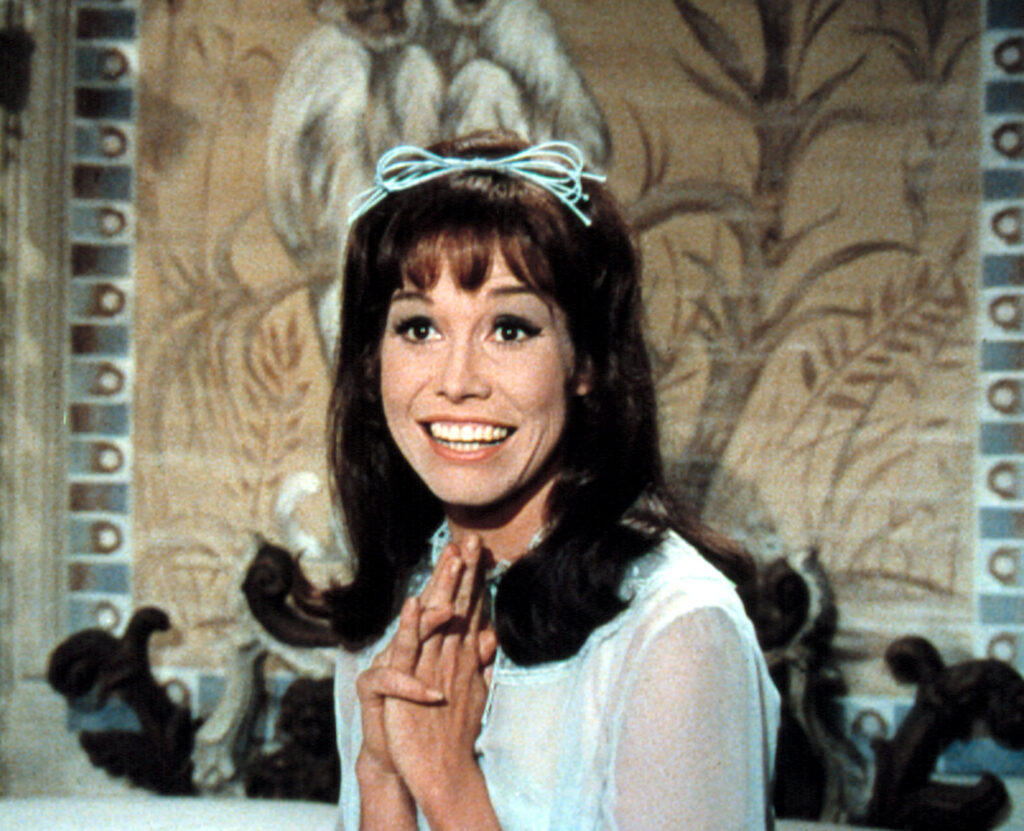
Before Carrie had Cosmos or Miranda had opinions, Mary Richards walked into a Minneapolis newsroom and made being single, ambitious, and female look like the most natural thing in the world. When the show premiered in 1970, a working woman who wasn’t married, pregnant, or hopelessly neurotic was unheard of on TV. Mary was neither a secretary nor a sidekick. She was the one calling the shots, solving newsroom disasters with poise, and managing to keep her shag haircut perfect through it all. She wasn’t just doing it on her own. She was doing it with charm, sarcasm, and the occasional nervous giggle. And audiences loved her for it.
What made the show revolutionary was that it didn’t wave a feminist flag. It simply went about its business as if a woman could be the center of the story and everyone else would just deal with it. The Mary Tyler Moore Show gave us something radical in a velvet-gloved package. It made career-driven women likable before it was cool to do so. It offered friendship, humor, and real-world struggles without making them seem tragic. Mary didn’t need a man to complete her arc, and the show never punished her for that. Instead, it rewarded her independence with something even better than romance: seven seasons of respect.
3. All in the Family

If television in the 60s was all sweetness and harmony, All in the Family stormed into the 70s like a wrecking ball made of polyester and bad takes. Archie Bunker wasn’t just a cranky dad. He was a walking, muttering encyclopedia of every offensive stereotype America was afraid to admit it still believed. The brilliance of the show was that it didn’t try to fix Archie. It just put him on your screen, gave him a recliner, and let him rant. It was shocking, hilarious, and made people visibly uncomfortable at dinner parties, which was precisely the point.
What made All in the Family quietly brilliant was that it forced people to choose sides. Were you laughing with Archie or at him? Were you nodding along or gasping? The show didn’t wrap things up in tidy moral lessons. It lobbed social taboos like grenades and let the audience sort through the fallout. It talked about racism, sexism, and homophobia when network executives still panicked over exposed belly buttons. It gave viewers permission to challenge their uncles, their neighbors, and even themselves. And in doing so, it proved that comedy could be political without losing its bite.
4. The Jeffersons
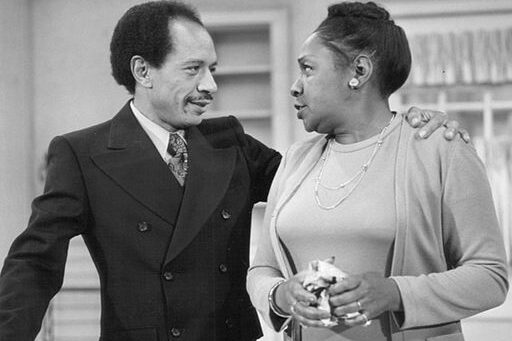
George Jefferson didn’t shuffle into prime time. He marched in, chest out and head high, with an attitude as loud as his suits. The Jeffersons debuted in 1975, and suddenly, the idea of a wealthy Black family with a dry-cleaning empire and a Manhattan address wasn’t just possible. It was a must-see TV. George was bold, rude, hilarious, and, above all, successful. Louise was his equal in every way. Their apartment had mirrors and doormen. And their problems weren’t just about racism or poverty. They were about class, legacy, and pride. This was new. This was powerful.
More than just a spin-off, The Jeffersons carved out space for a kind of representation that had rarely existed before. The show didn’t avoid race. It leaned into it with episodes about interracial marriage, colorism, and cultural tension. However, it also allowed its characters to be petty, selfish, vulnerable, and funny. They weren’t saints or symbols. They were just people, and that was the real breakthrough. It expanded who got to be aspirational on TV and made it impossible to go back to one-note sidekicks and background extras. The elevator ride up wasn’t just about real estate. It was about progress.
5. Sesame Street
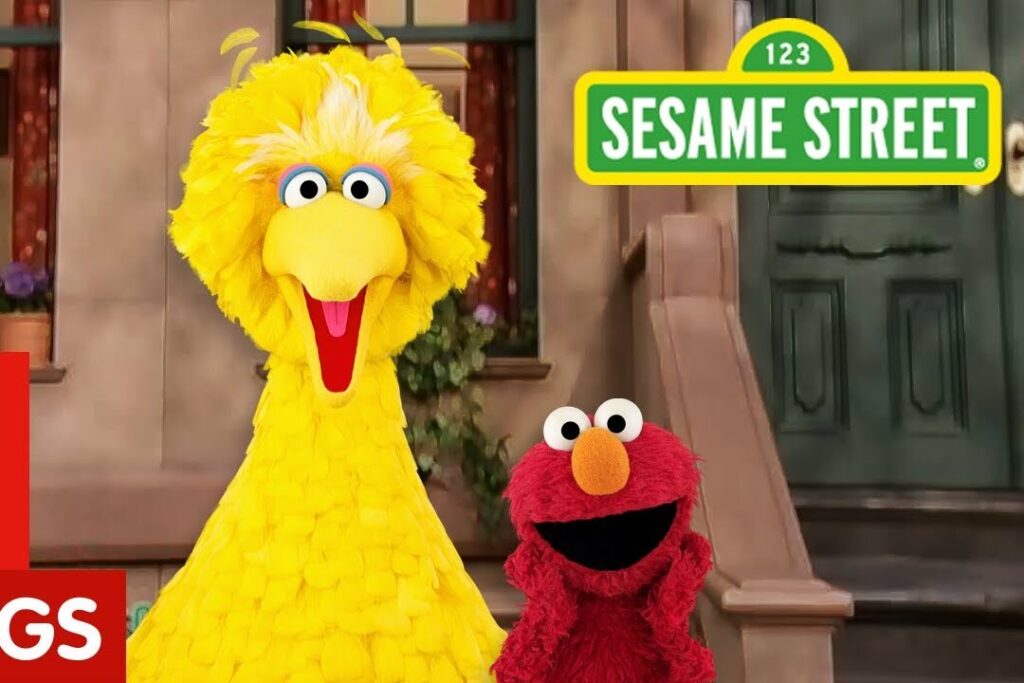
In 1969, while adults were still debating whether children’s television should involve dancing bears or just let kids zone out, Sesame Street swooped in with a plan and a bunch of puppets. The mission was deceptively simple: use the power of TV to educate kids, especially those in underserved neighborhoods. But what it did was create a cultural earthquake. It blended animated letters, catchy songs, live-action segments, and fuzzy monsters into a formula that turned kindergartners into math whizzes and their parents into lifelong fans. It wasn’t just about teaching kids to count. It was about treating them like people who deserved the best.
And then there was the cast. Black, white, Latino, disabled, young, and old, Sesame Street looked like the America we pretended to be but rarely saw on screen. Some PBS stations refused to air it in the South because the sight of integrated adults being kind to each other was too radical. The show talked about death, divorce, adoption, and inclusion before most adults knew how to bring those topics up. It never pandered. It never underestimated kids. Instead, it gave them tools to understand the world and a neighborhood that felt like home.
6. Star Trek

Let’s be honest: Star Trek had every excuse to be ridiculous. It had alien planets made of glitter, uniforms that looked like color-coded pajamas, and a captain who solved intergalactic crises by seducing aliens or quoting Shakespeare. But underneath the camp was something genius. When it premiered in 1966, Star Trek imagined a future where people of every color, creed, and continent worked side by side, not because it looked good, but because it was necessary. The crew of the Enterprise wasn’t just diverse. It was intentional. There was a Black woman as a communications officer, an Asian helmsman, a Russian during the Cold War, and a half-human science officer who made logic look cool.
It also went where no TV show had gone before, literally and socially. It gave us the first interracial kiss on network television. It asked big questions about war, ethics, loyalty, and what it means to be human. The aliens were often just metaphors wearing rubber masks, but the issues were real. Viewers didn’t just watch. They joined a vision of the future that dared to assume we could do better. Gene Roddenberry didn’t just sell a sci-fi show. He sold a philosophy disguised as adventure. And millions of fans, critics, and kids with model starships bought it.
7. The Golden Girls
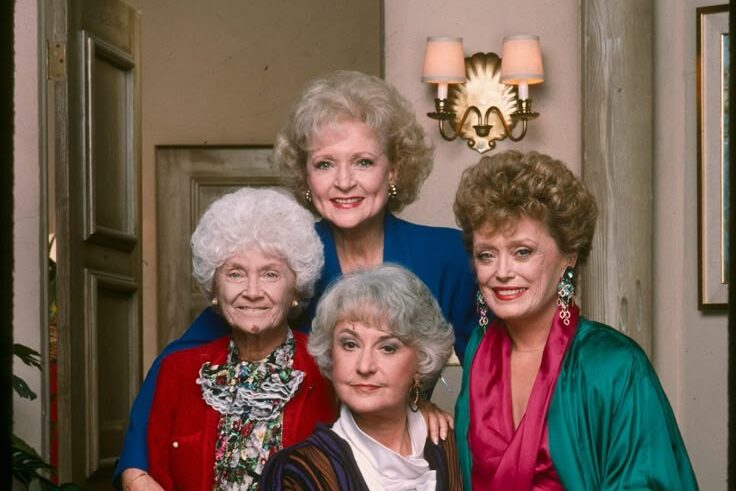
They weren’t housewives. They weren’t grandmas knitting in rocking chairs. They were four silver-haired women in a Miami ranch house, eating cheesecake at 2 a.m. and dropping truth bombs with perfect comedic timing. When The Golden Girls debuted in 1985, it didn’t just give older women a place on television. It handed them the microphone, the punchlines, and all the character development. Blanche was sexy and proud of it. Dorothy was brilliant and eternally done with everyone’s nonsense. Rose was sweet but surprisingly sharp, and Sophia delivered burns that could peel paint. Together, they were everything network TV had avoided for decades.
But the brilliance went beyond sass and sitcom setups. The show tackled aging, ageism, illness, LGBTQ rights, grief, and homelessness, all between laughs. It treated its characters as fully formed humans who still had stories worth telling. These women dated, argued, got sick, got better, and got real about life after 50. In a television landscape that usually erased women past a certain age, The Golden Girls refused to fade quietly. It gave us heroines in shoulder pads and turned a show about “getting older” into something that still feels ahead of its time.
8. Maude
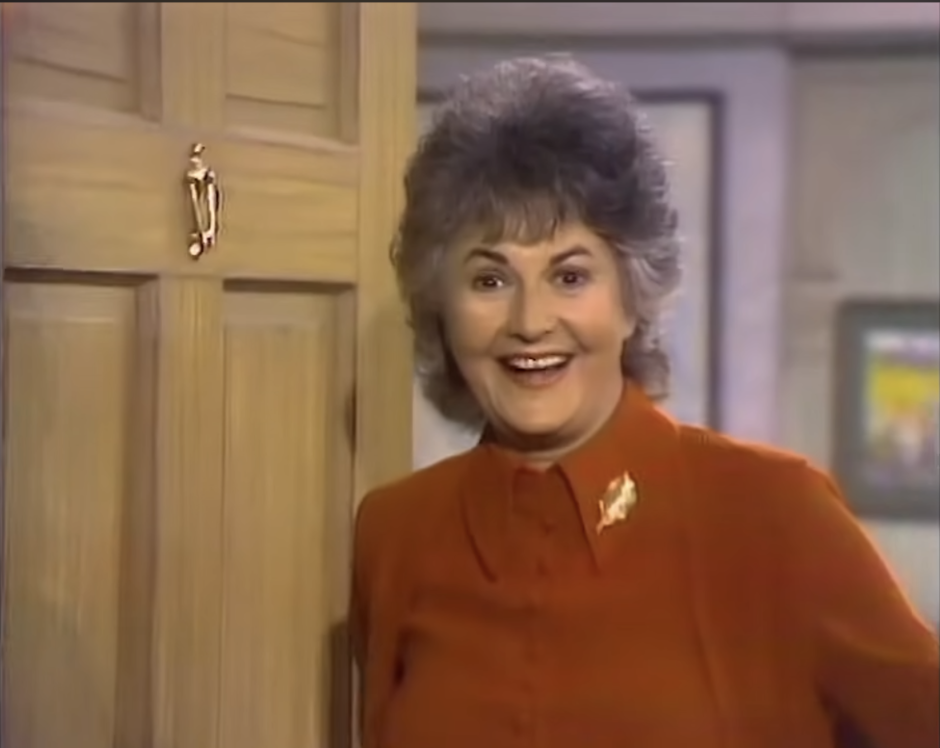
Before we had Olivia Pope sipping red wine or Carmela Soprano running her household empire, there was Maude Findlay, sarcastic, liberal, twice-divorced, and utterly unbothered by your opinion. Maude premiered in 1972 and introduced America to a middle-aged woman who didn’t just speak her mind. She launched it like a grenade. Played by Bea Arthur, Maude was loud, feminist, and allergic to nonsense. She tackled hot-button topics the way most people tackle crossword puzzles. With relish. With confidence. With a flair for polyester pantsuits.
And she didn’t stop at surface-level takes. This show aired a two-part episode about abortion a full year before Roe v. Wade made it legal nationwide. That one storyline sparked thousands of protest letters and became one of the most controversial moments in sitcom history. But Maude kept going. It covered therapy, menopause, alcoholism, and racism with the same mix of humor and heat. The show wasn’t trying to be palatable. It was trying to be honest. And in doing so, it gave complex women a platform when the rest of the world was still asking them to tone down their emotions.
9. The Cosby Show
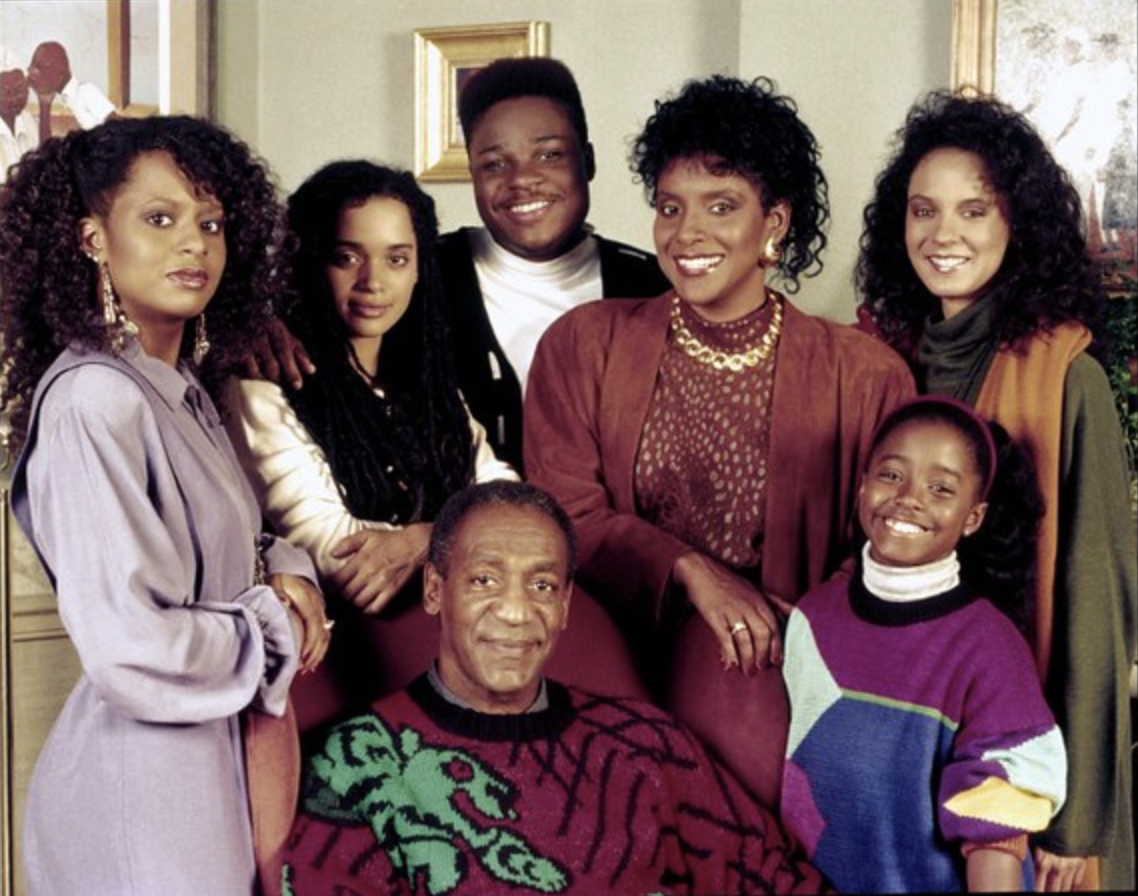
Before the fall from grace and the revisionist history, The Cosby Show was the TV juggernaut that redefined what a Black family could look like in America’s living rooms. When it premiered in 1984, Cliff Huxtable wasn’t a side character or a stereotype. He was a doctor with a Brownstone, a jazz collection, and a house full of chaos that looked a whole lot like home. Clair was a lawyer, not just a mom in pearls. Their kids were smart, annoying, messy, and honest. It was funny, safe, and brilliant in its simplicity. It gave people what they hadn’t seen before: Black excellence as the norm.
The show didn’t make its characters flawless. It made them familiar. They argued they made corny jokes, they danced, and they showed up for each other. That vision was powerful enough to help shift public opinion and open doors for shows like Family Matters and Black-ish. It also quietly pushed boundaries by addressing dyslexia, teen rebellion, and gender roles without ever preaching. The Huxtables didn’t change the world by shouting. They did it by showing up, week after week, and proving that a loving, successful Black family belonged at the top of the Nielsen charts.
10. Murphy Brown
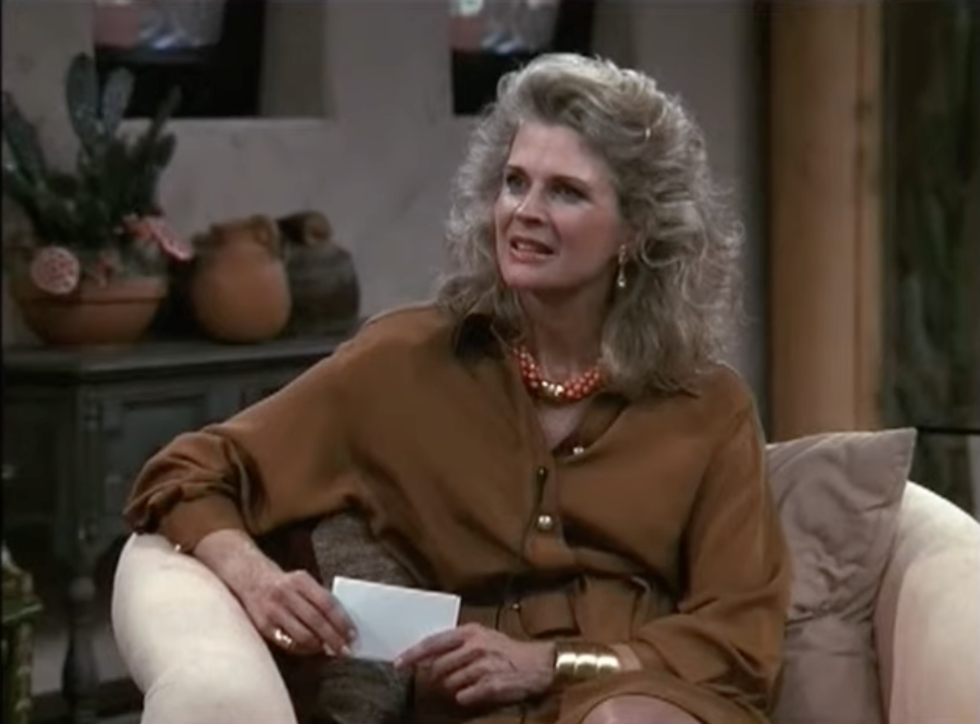
When Murphy Brown premiered in 1988, television was not exactly overflowing with female leads who were both brilliant and challenging. Enter Murphy, a hard-nosed investigative journalist with a coffee addiction, zero tolerance for stupidity, and a wardrobe made entirely of shoulder pads and sarcasm. She smoked on camera. She dated disaster men. She said things that made executives sweat. And when she chose to have a child on her own, the Vice President of the United States publicly called her out. That’s not a punchline. That really happened.
Instead of apologizing, the show doubled down. It wrote Dan Quayle’s comments into its storyline and turned the real-life controversy into ratings gold. But even before that, Murphy Brown was rewriting the rules for what women on TV could be. She wasn’t sweet. She wasn’t nurturing. She was messy, smart, overworked, and totally human. The show tackled censorship, sexism, alcoholism, and journalistic ethics with the same quick wit it used on office politics. It didn’t ask for respect. It assumed it. And in doing so, it helped normalize ambition in women without softening the edges.
11. Will & Grace
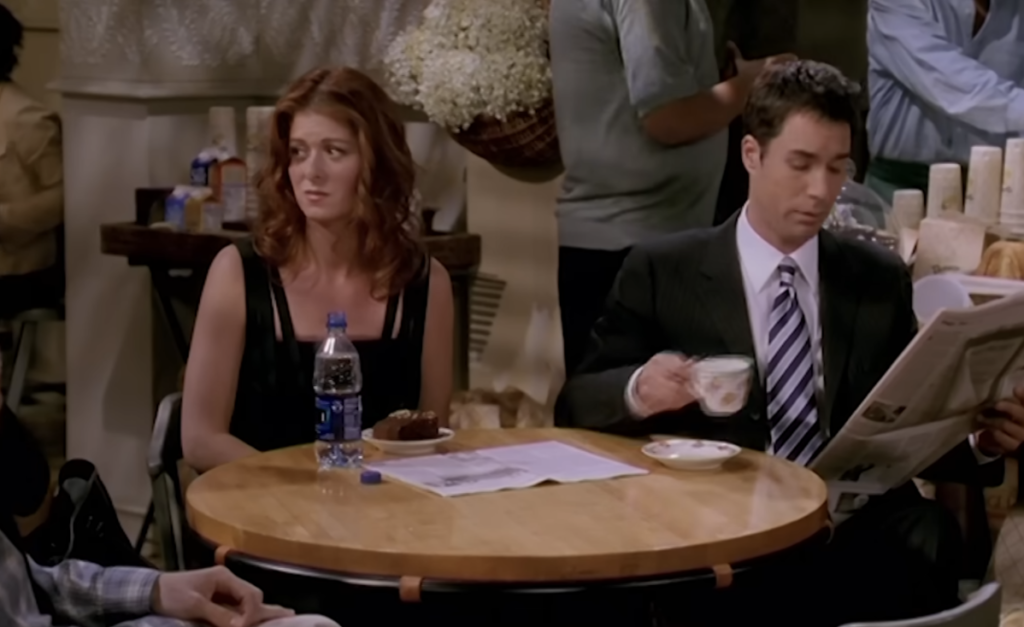
When Will & Grace hit screens in 1998, it didn’t kick down the closet door. It flung it open with jazz hands and a martini. The show featured two gay male characters: one refined and restrained and the other fabulously over-the-top. It made them not only central but also beloved. Will was a lawyer who happened to be gay. Jack was gay and made it his entire personality. Grace was neurotic, Karen was chaotic, and somehow, this mismatched foursome made millions of viewers laugh at a time when LGBTQ representation was still sparse and often tragic. There was no tragedy here. Just one-liners, pop culture references, and very expensive coats.
However, the subversion was embedded in the normalcy. The show didn’t lecture. It just showed gay people living lives full of friendship, pettiness, love, and perfect lighting. That visibility mattered. It softened perceptions and sparked conversations, even in households where no one had ever knowingly met a gay person. In fact, Joe Biden once credited Will & Grace for helping shift public opinion on same-sex marriage. The show may have worn couture, but its real impact was cultural. It brought the queer community into mainstream comedy and proved that laughter could be a form of quiet revolution.
This story The 11 Shows That Redefined Race, Family, and Power was first published on Dailyfetch.net


